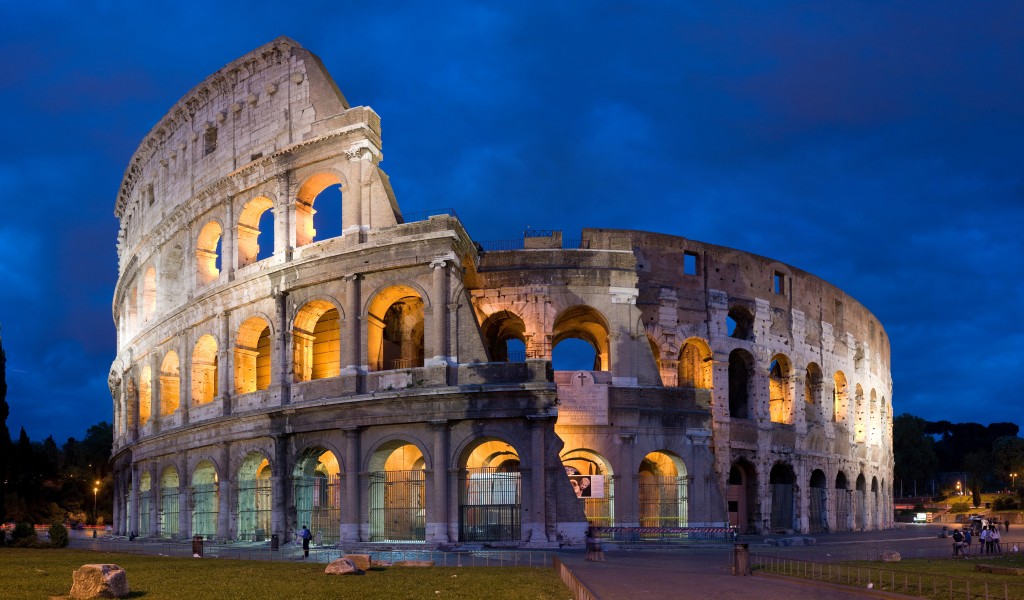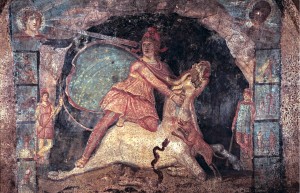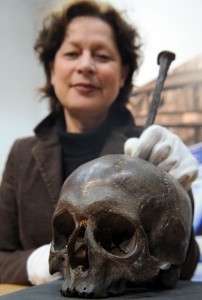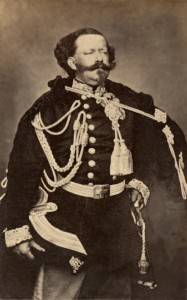Two major ancient treasure troves discovered by metal detector enthusiasts, one in Stirling, Scotland, the other in Somerset, England, have been acquired by local museums thanks to grants from the Art Fund and the National Heritage Memorial Fund.
 The Stirling hoard is a group of four gold torcs found by metal detectorist David Booth in 2009. Booth received £462,000 ($740,000) for the find after a ruling by the Scottish Archaeological Finds Allocation Panel determined where the treasure should go and how much of a reward that institution should pay the finder. In October 2010 the panel decided the torcs would go to the National Museum of Scotland, but as per standard practice, the museum had to raise the reward funds. That’s not an easy thing to accomplish in these meager economic times. The funds, museum and government all had to pitch in. The National Heritage Memorial Fund gave £154,000, the Art Fund £100,000, the National Museum of Scotland £123,000 and the Scottish government £85,000.
The Stirling hoard is a group of four gold torcs found by metal detectorist David Booth in 2009. Booth received £462,000 ($740,000) for the find after a ruling by the Scottish Archaeological Finds Allocation Panel determined where the treasure should go and how much of a reward that institution should pay the finder. In October 2010 the panel decided the torcs would go to the National Museum of Scotland, but as per standard practice, the museum had to raise the reward funds. That’s not an easy thing to accomplish in these meager economic times. The funds, museum and government all had to pitch in. The National Heritage Memorial Fund gave £154,000, the Art Fund £100,000, the National Museum of Scotland £123,000 and the Scottish government £85,000.
 The second discovery is the Frome Hoard, a huge pot packed full of 52,500 3rd century Roman coins found by a metal detectorist in a Somerset field last summer. The pot and contents weigh 160 kg (350 lbs). It was the largest number of coins ever found in a single pot and the second largest hoard of Roman coins ever found in the UK. It’s headed to the Museum of Somerset, where it will become a centerpiece of its permanent collection. The hoard was valued at £320,250. The museum was able to purchase it thanks to a £294,000 grant from the National Heritage Memorial Fund, plus £40,250 and another £10,000 in matching funds from the Art Fund. They also got tens of thousands more pounds from public donations. The extra money allows the museum to allocate £100,000 to conservation of the treasure.
The second discovery is the Frome Hoard, a huge pot packed full of 52,500 3rd century Roman coins found by a metal detectorist in a Somerset field last summer. The pot and contents weigh 160 kg (350 lbs). It was the largest number of coins ever found in a single pot and the second largest hoard of Roman coins ever found in the UK. It’s headed to the Museum of Somerset, where it will become a centerpiece of its permanent collection. The hoard was valued at £320,250. The museum was able to purchase it thanks to a £294,000 grant from the National Heritage Memorial Fund, plus £40,250 and another £10,000 in matching funds from the Art Fund. They also got tens of thousands more pounds from public donations. The extra money allows the museum to allocate £100,000 to conservation of the treasure.
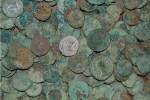 The Frome hoard has been in the British Museum since its discovery, so Somerset is bursting with local pride that they get to keep a find of such national importance in the area where it was found. That was by no means a foregone conclusion, and in England, unlike in Scotland, if the museum had been unable to raise the reward money the coins could have been sold to the highest bidder. The coins will go on display this summer after the museum’s renovations are complete.
The Frome hoard has been in the British Museum since its discovery, so Somerset is bursting with local pride that they get to keep a find of such national importance in the area where it was found. That was by no means a foregone conclusion, and in England, unlike in Scotland, if the museum had been unable to raise the reward money the coins could have been sold to the highest bidder. The coins will go on display this summer after the museum’s renovations are complete.

